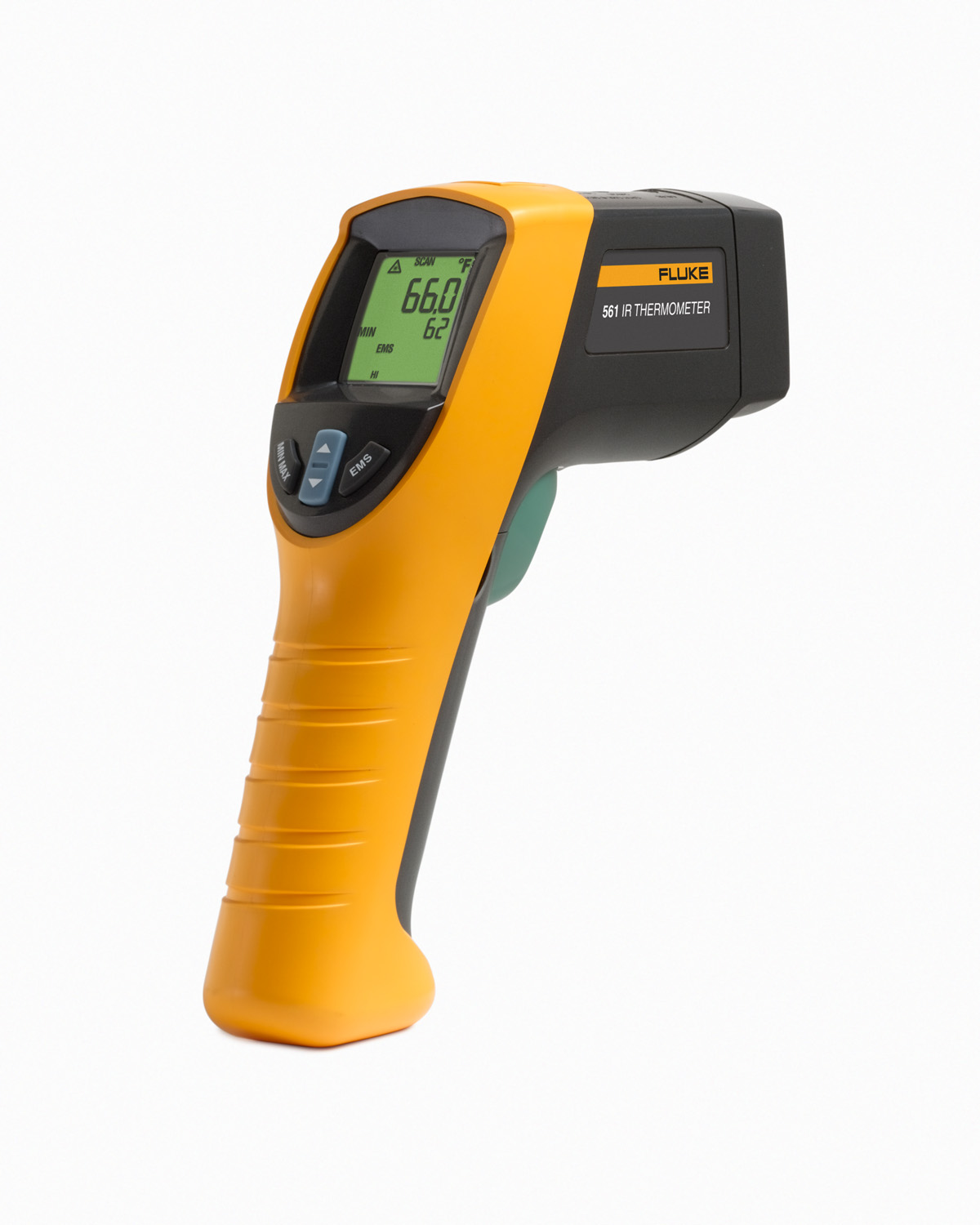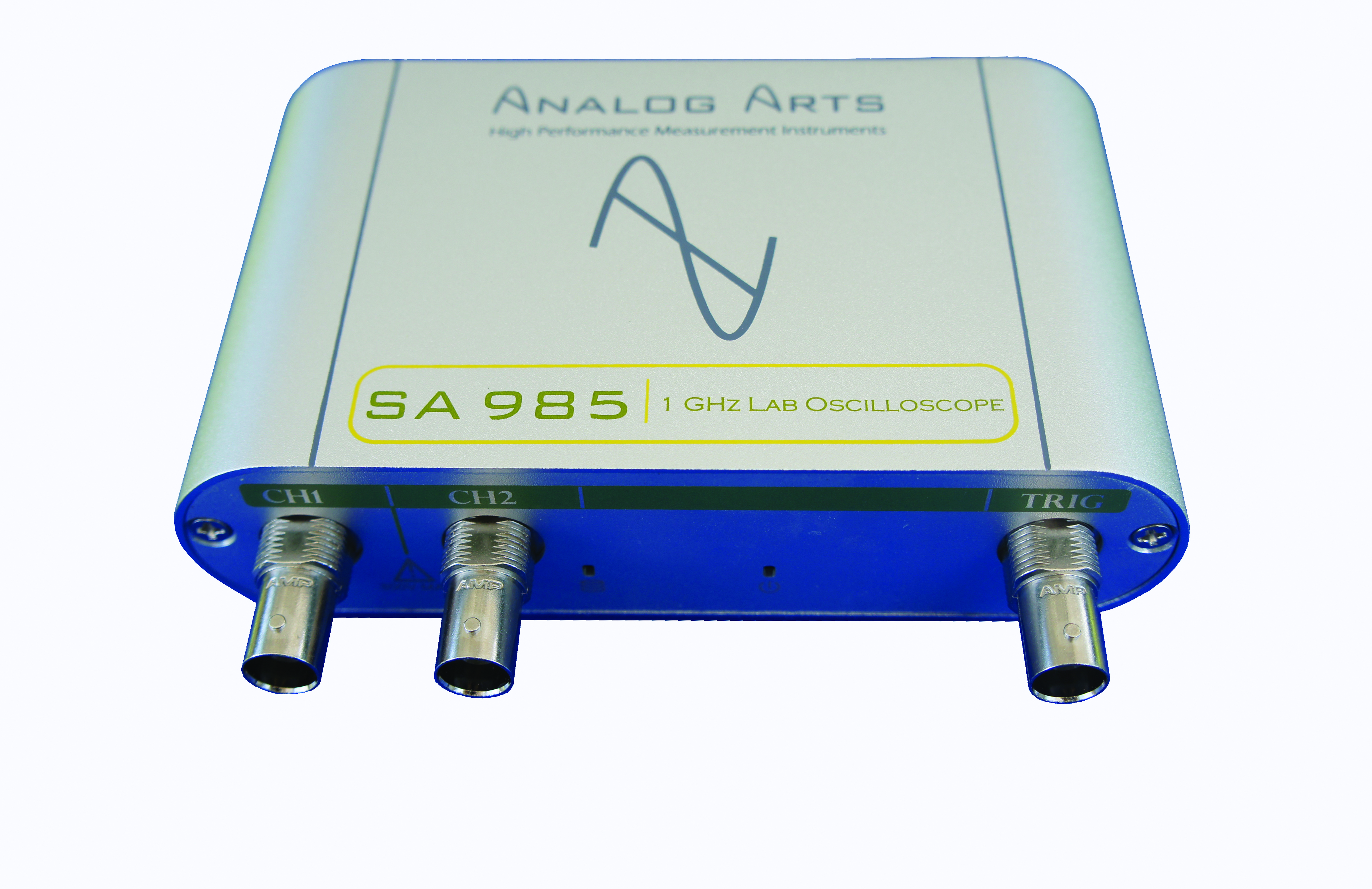BY MARTIN ROWE
Senior Technical Editor, Test & Measurement
EDN and EE Times
www.edn.com , www.eetimes.com
Today’s portable test equipment includes oscilloscopes, spectrum analyzers, multimeters, power meters, thermometers, and dataloggers. Available in handheld, bench, and PC-connected form factors, these instruments let engineers and technicians take measurements in buildings, at customer sites for field service, and in engineering labs for troubleshooting. As you can see from the three applications presented below, engineers employ portable test equipment in a wide range of applications.
Tracking energy use
Mark Nieman is Energy Engineering Manager at McKinstry. From the company’s Seattle office, Nieman and his team advise owners of office buildings, hospitals, schools, universities, and other facilities on how to maximize energy efficiency and reduce costs. Nieman’s team uses power meters, temperature/RH loggers, infrared thermometers, light meters, tachometers, flowmeters, and clamp meters.
A typical energy audit consists of monitoring and logging air temperature/RH, water temperature/pH, light usage, and the power consumed by building equipment and systems. Infrared thermometers let auditors measure temperature of overhead pipes and check electrical connections. If a connection gets too hot, it soon fails; lugs need tightening or replacement. IR thermometers (Fig. 1 ) also help in identifying heat loss. Fig. 1: Engineers at McKinstry use numerous handheld and mounted portable instruments such as this Fluke infrared thermometer to track energy usage in buildings. Image: Fluke.
Fig. 1: Engineers at McKinstry use numerous handheld and mounted portable instruments such as this Fluke infrared thermometer to track energy usage in buildings. Image: Fluke.
There are many ways to save energy. Nieman noted that people often leave equipment on in unoccupied rooms. Power meters can sense when equipment is in use and light/occupancy loggers can identify when someone is in a room. By identifying when a room is unoccupied, systems can shut equipment down.
Temperature/RH dataloggers can log environmental conditions in a room. Some support external sensors such as current transformers. By analyzing the data, auditors can advise building owners when HVAC systems should be adjusted to reduce energy consumption. Presently, McKinstry auditors will visit the facility to retrieve data from a logger or make onsite measurements. That’s time-consuming and expensive. Wireless loggers can eliminate the need for visits, but that’s not often the case. “The problem is weak Wi-Fi signals because few buildings have routers in mechanical rooms, which often have concrete or steel walls,” said Nieman.
Portable test products are gaining Wi-Fi and Bluetooth connectivity. Nieman noted that, currently, auditors collect data from loggers through USB ports. Having Bluetooth or Wi-Fi connection might not eliminate visits, but they could let auditors wirelessly collect data to their phones or computers.
Nieman cited other issues with energy-monitoring equipment. For example, wrong setups mean incorrect or no data collected. Sometimes, people enter rooms and move environmental loggers to different locations in the room, making data from that point on questionable. He’s even seen equipment get stolen or opened for a look inside.
USB oscilloscope goes into the field
Roland Erni is a Field Service Supervisor for Installation, Application, and Service Support at Technical Manufacturing Corp. (TMC), a unit of AMETEK Ultra Precision Technologies. TMC manufactures active vibration and magnetic field cancellation equipment used to mitigate environmental effects on sensitive equipment like scanning- or transmission-electron microscopes, electron-beam inspection equipment for semiconductors, or nuclear-magnetic resonator (NMR) instruments used in bioresearch, to name a few. Based in Peabody, Massachusetts, Erni uses USB oscilloscopes from Analog Arts to test, install, and tune active feedback loop cancellation systems.
A sensor measures the vibration in the floor and feeds the data to a digital controller, which processes the signal and provides an output signal that drives a piezo-based force actuator. The system reduces vibration by counteracting it with an equal and opposite force. TMC also applies the same concept to equipment that cancels the effects of magnetic fields, such as those from AC mains power lines, trains, transformers, or even Earth’s magnetic field. In those applications, a magnetic-field sensor and octagonally oriented coils are used instead of a vibration sensor and piezo actuator.
The USB oscilloscope in Fig. 2 helps field-service engineers tune the control loops at customer sites, thus preventing instability or oscillation. Engineers can view the control-loop input and output signals and adjust sensor position as needed. Fig. 2: A USB oscilloscope from Analog Arts lets engineers at Technical Manufacturing Corp. measure vibration and compensate for it. Image: Analog Arts.
Fig. 2: A USB oscilloscope from Analog Arts lets engineers at Technical Manufacturing Corp. measure vibration and compensate for it. Image: Analog Arts.
Because TMC systems can provide sub-hertz isolation, Erni needs a time-domain display of about 1 s/div. That provides a 10-s view of the control loop. A 1-s/div display is unusual, noted Erni, as most oscilloscopes that he’s tried go up to 0.1 s/div only. At these higher time periods, some oscilloscopes become dataloggers and introduce an unwanted time delay into the measurements.
When monitoring control signals, TMC engineers need to get both time- and frequency-domain signals. “Having the Fast-Fourier Transform (FFT) helps us explore the control-loop stability limitations, thus ensuring we can set control-loop gain parameters to an aggressive but stable setting,” said Erni.
EMC measurements find problems
Kenneth Wyatt is an EMC consultant based in Colorado. He spent over 20 years with Hewlett-Packard/Agilent Technologies, where he taught engineers how to design and troubleshoot for EMC.
Today, Wyatt assists clients in evaluating and troubleshooting EMC issues such as radiated emissions, electrostatic discharge (ESD), or radiated immunity. Because he usually travels to clients, Wyatt uses handheld, portable benchtop, and USB portable instruments, including:
• AIM-TTi PSA-6005 handheld spectrum analyzer, 10 MHz to 6 GHz
• Tektronix (USB) RSA-306B (9 kHz to 6 GHz, with 40 MHz RTBW)
• Rigol DSA815 (9 kHz to 1.5 GHz) and Siglent SSA3032X (9 kHz to 3.2 GHz) benchtop spectrum analyzers
• Rohde & Schwarz RTO1024 or Agilent MSO-X 3102A oscilloscopes
• RF synthesizer from Windfreak Technologies (USB)
• EMI antennas, near-field probes, and current probes
“Most of my clients require me to travel to make in-house measurements and compliance assessments,” said Wyatt. “I may need to bring my troubleshooting kit or up to several transit cases of gear. That’s why I especially value small instruments.” In Fig. 3 , Wyatt uses a handheld spectrum analyzer during a conference session. Fig. 3: EMC consultant Kenneth Wyatt uses a handheld spectrum analyzer to look for unintentional radiated emissions. Image: Kenneth Wyatt.
Fig. 3: EMC consultant Kenneth Wyatt uses a handheld spectrum analyzer to look for unintentional radiated emissions. Image: Kenneth Wyatt.
Once he’s taken measurements, Wyatt typically grabs screen images and writes reports on where designs need improvement. He then recommends design changes. His reports describe the issue, the steps taken in troubleshooting, and the recommended fixes and the before/after test results.
“When troubleshooting EMC issues, it’s important to capture pictures and screenshots, recording the file names and times as you go, while keeping a log of tests, conditions, and results,” he added. “If you don’t carefully document these steps, you’ll lose track of what was done and when. I use a dedicated digital camera, smartphone, and screen captures to document results.” All the spectrum analyzers include EMI software that will capture emissions versus limits, which tells Wyatt if circuit modifications are needed.
Advertisement





